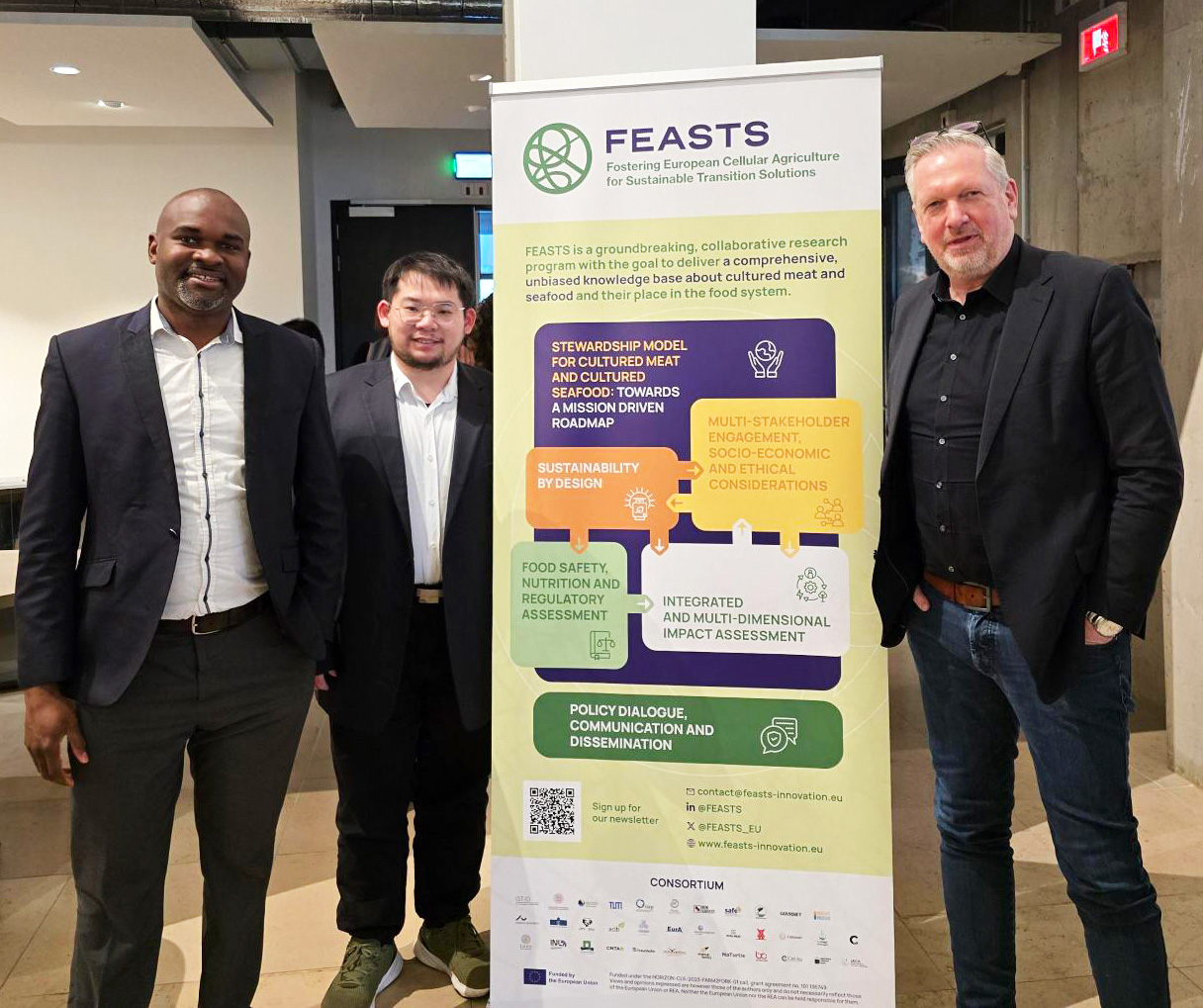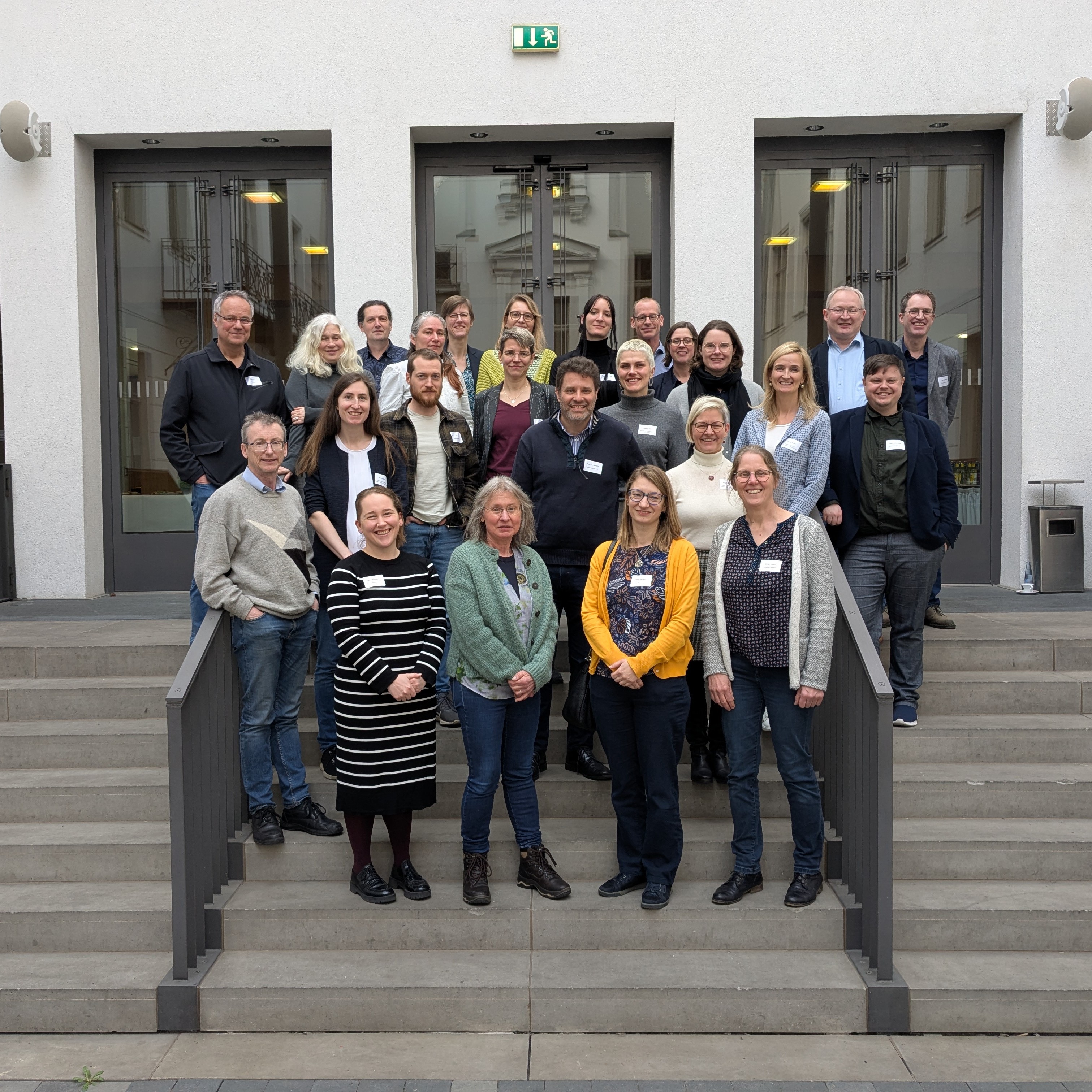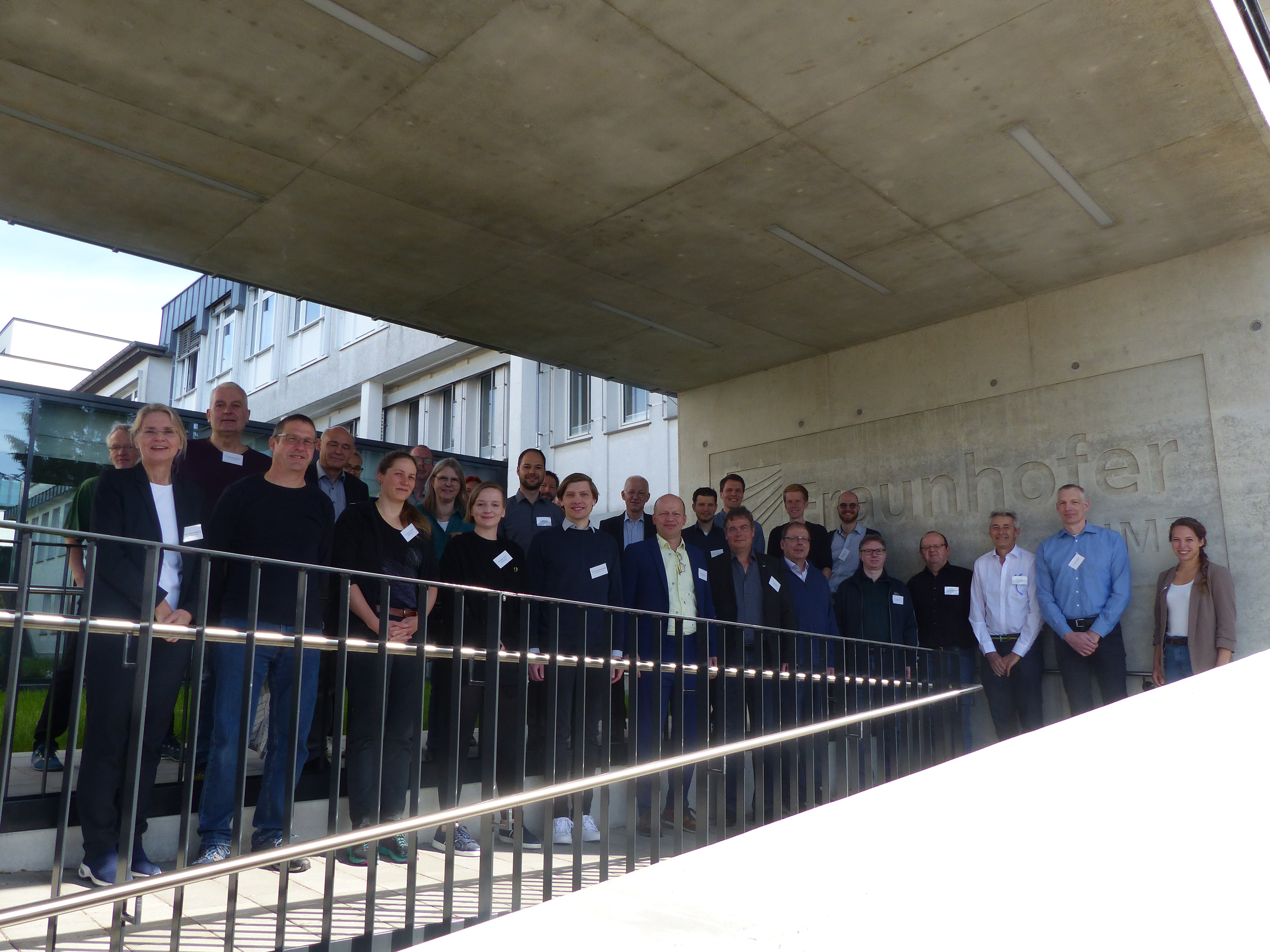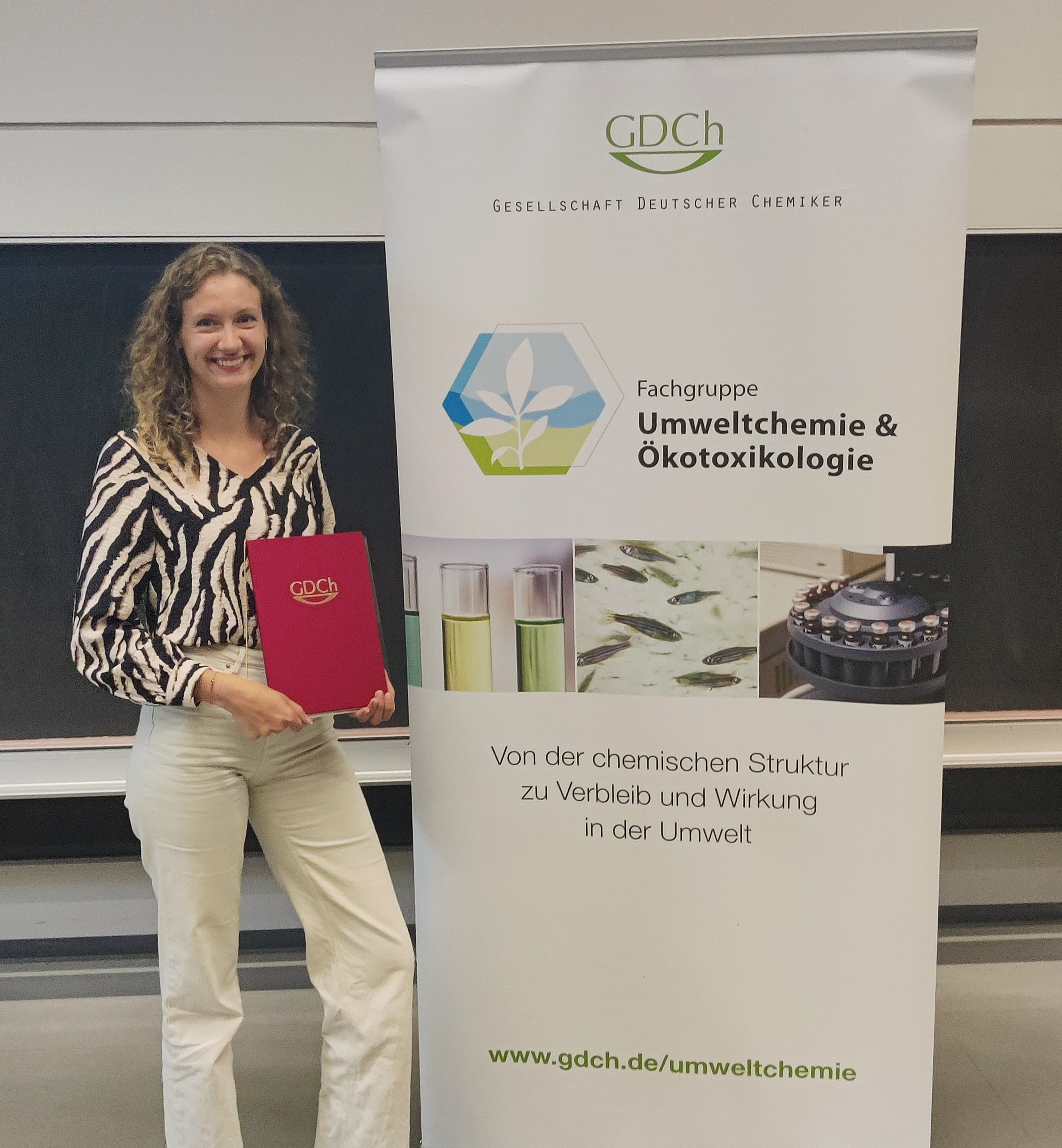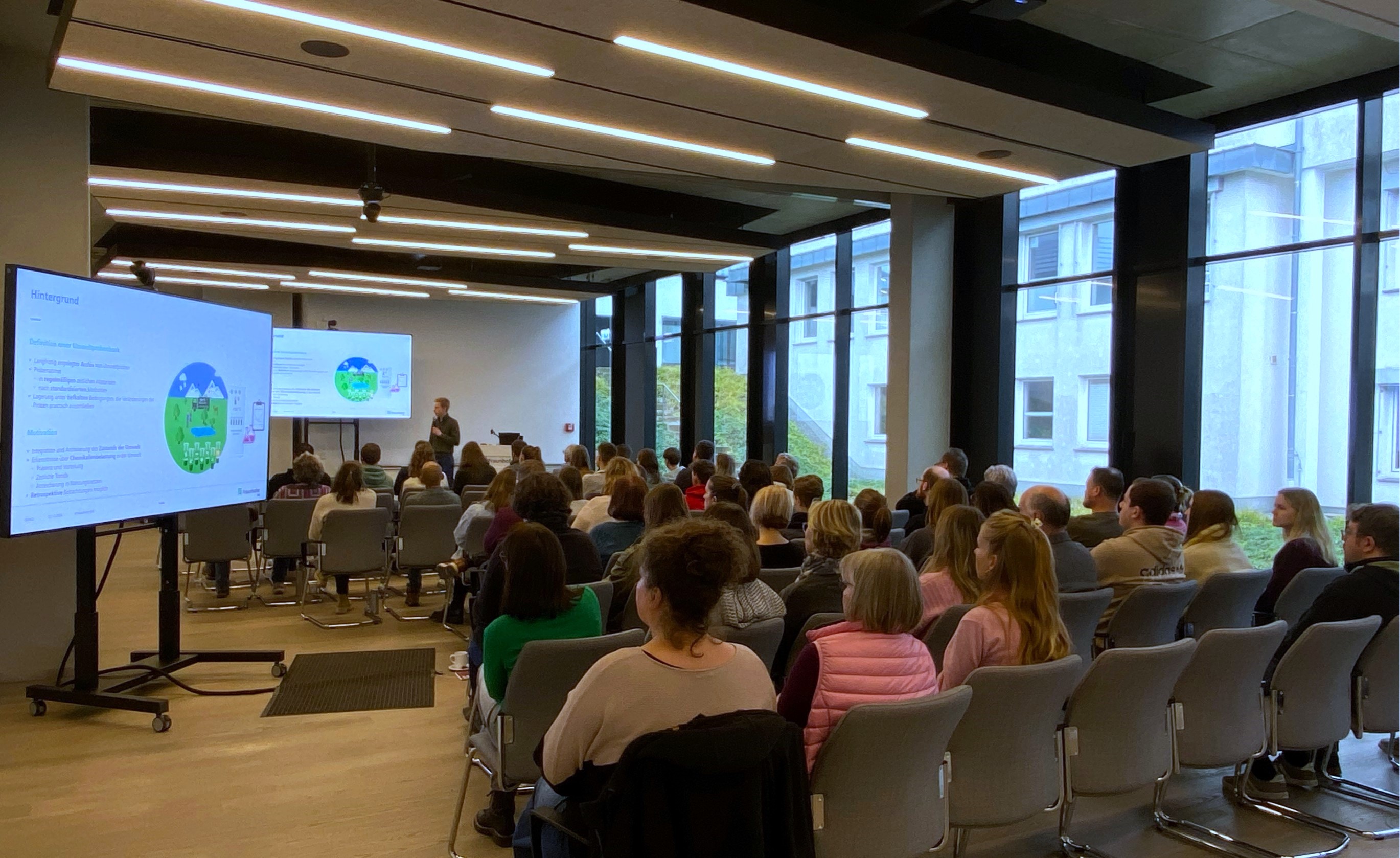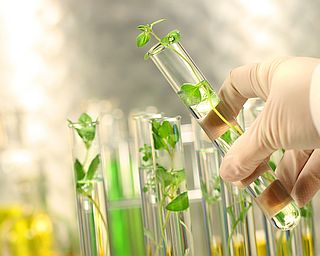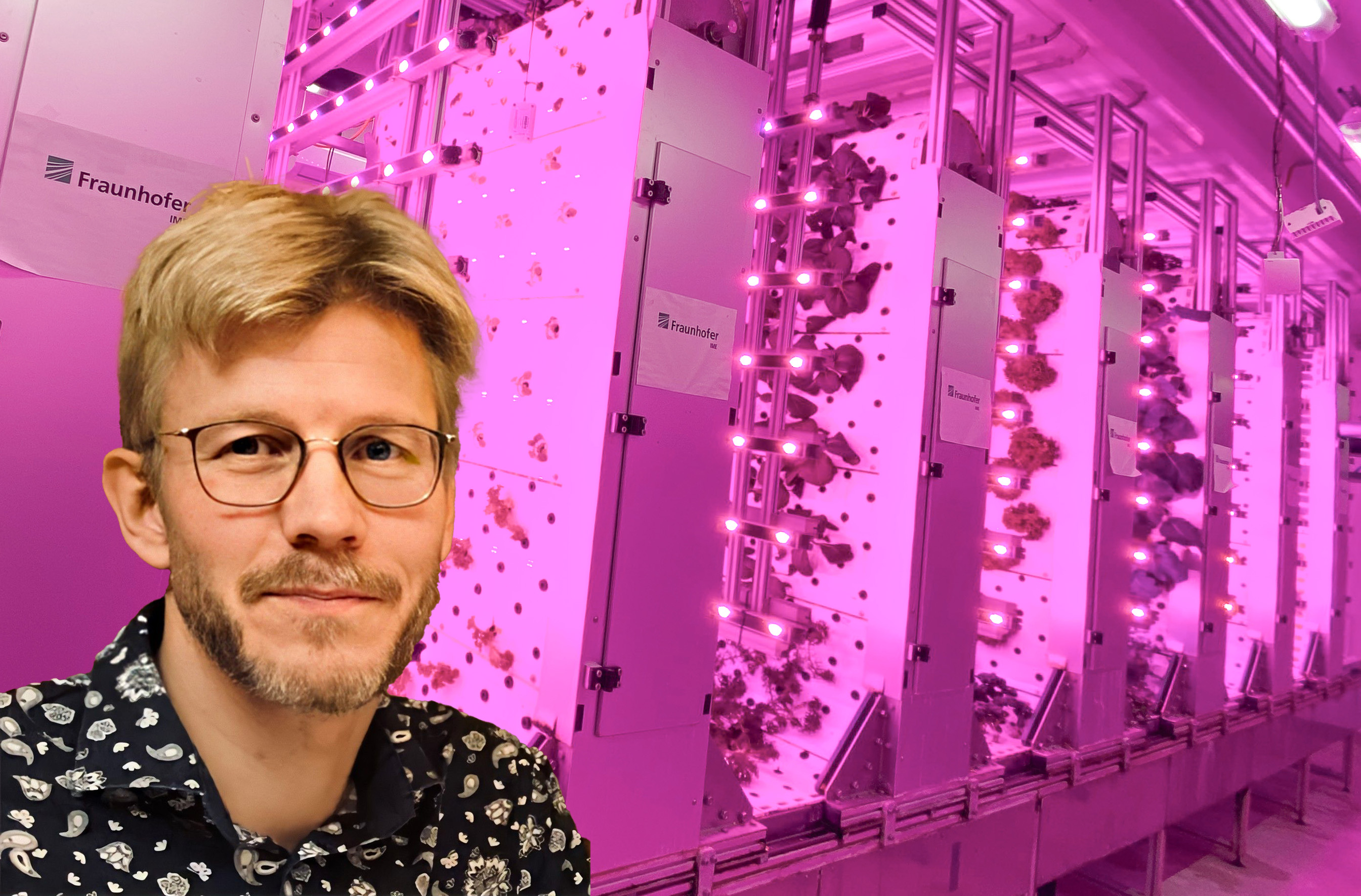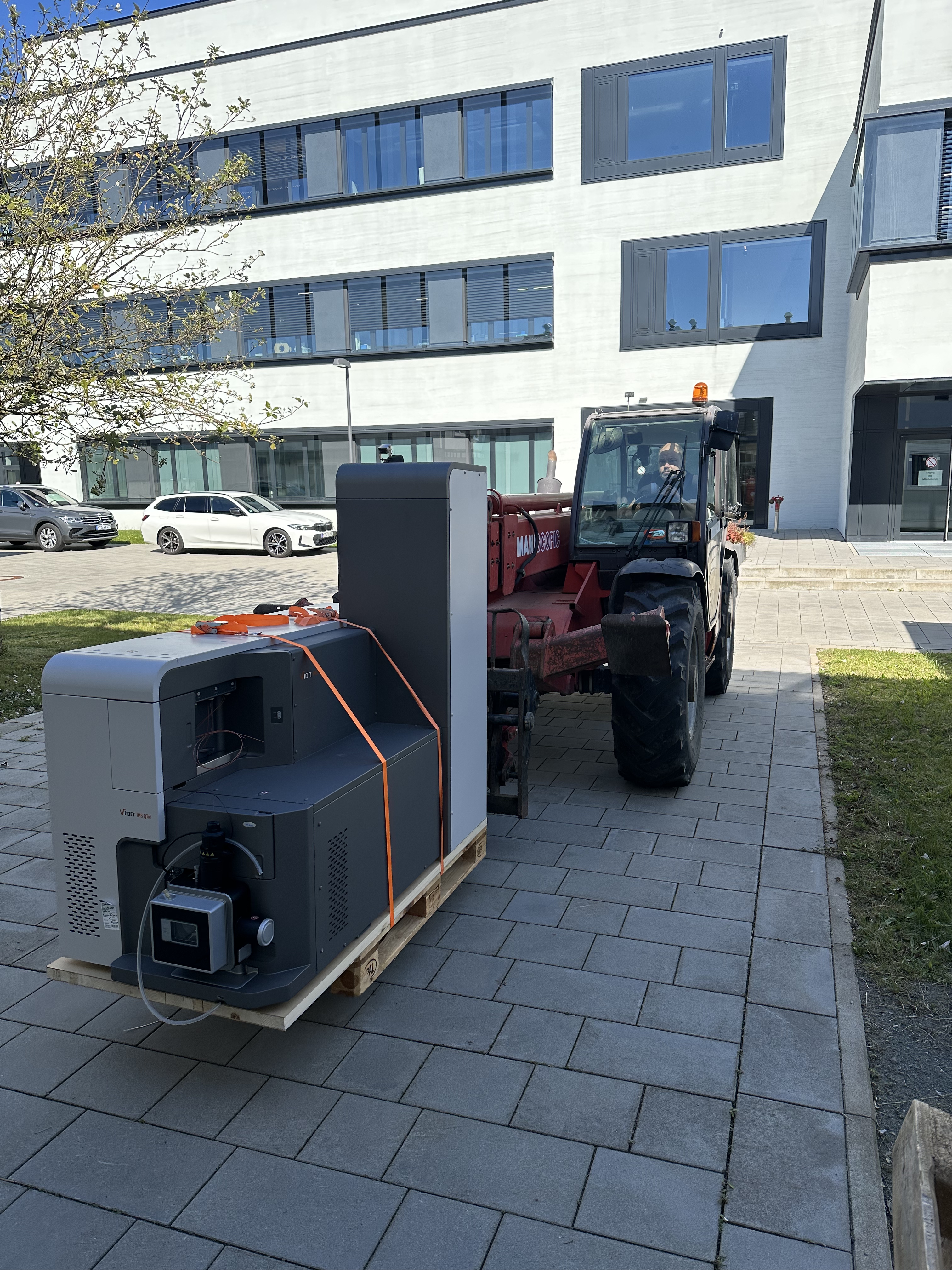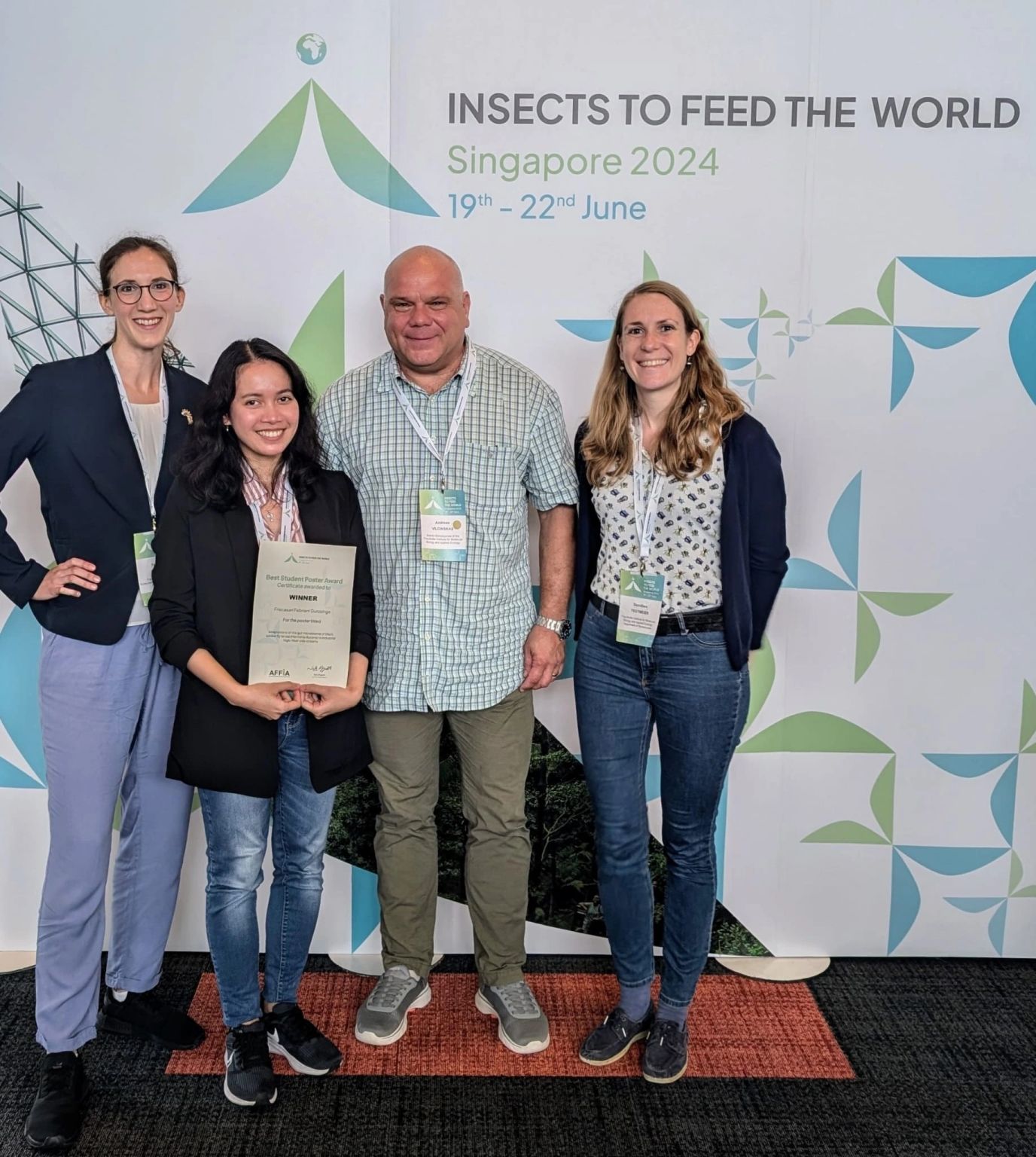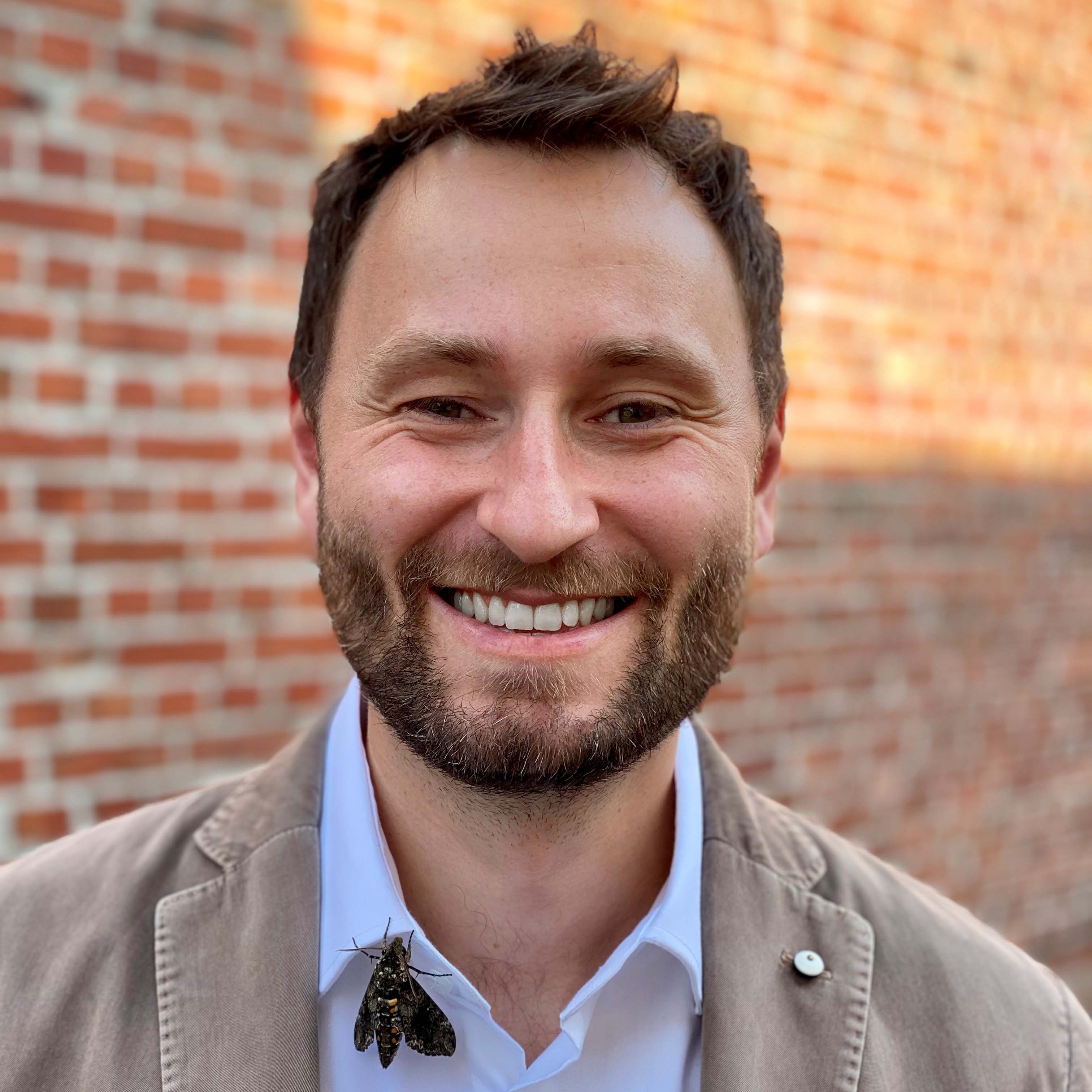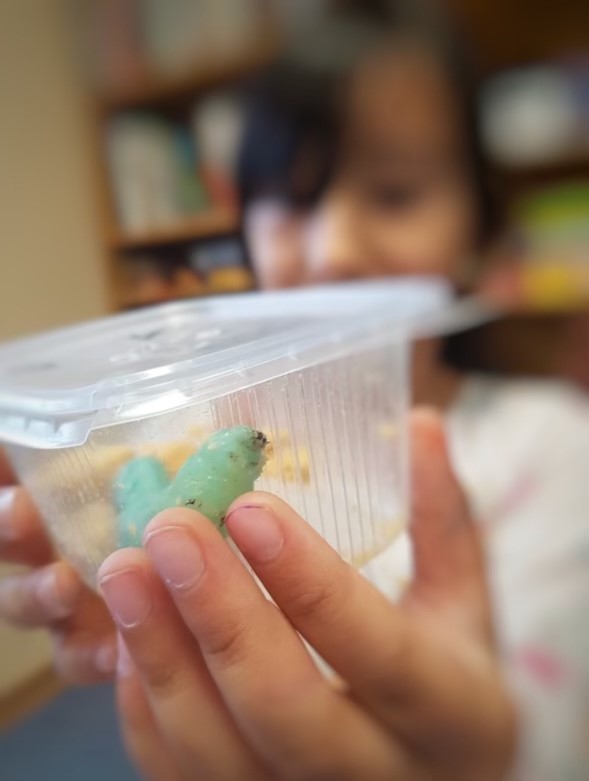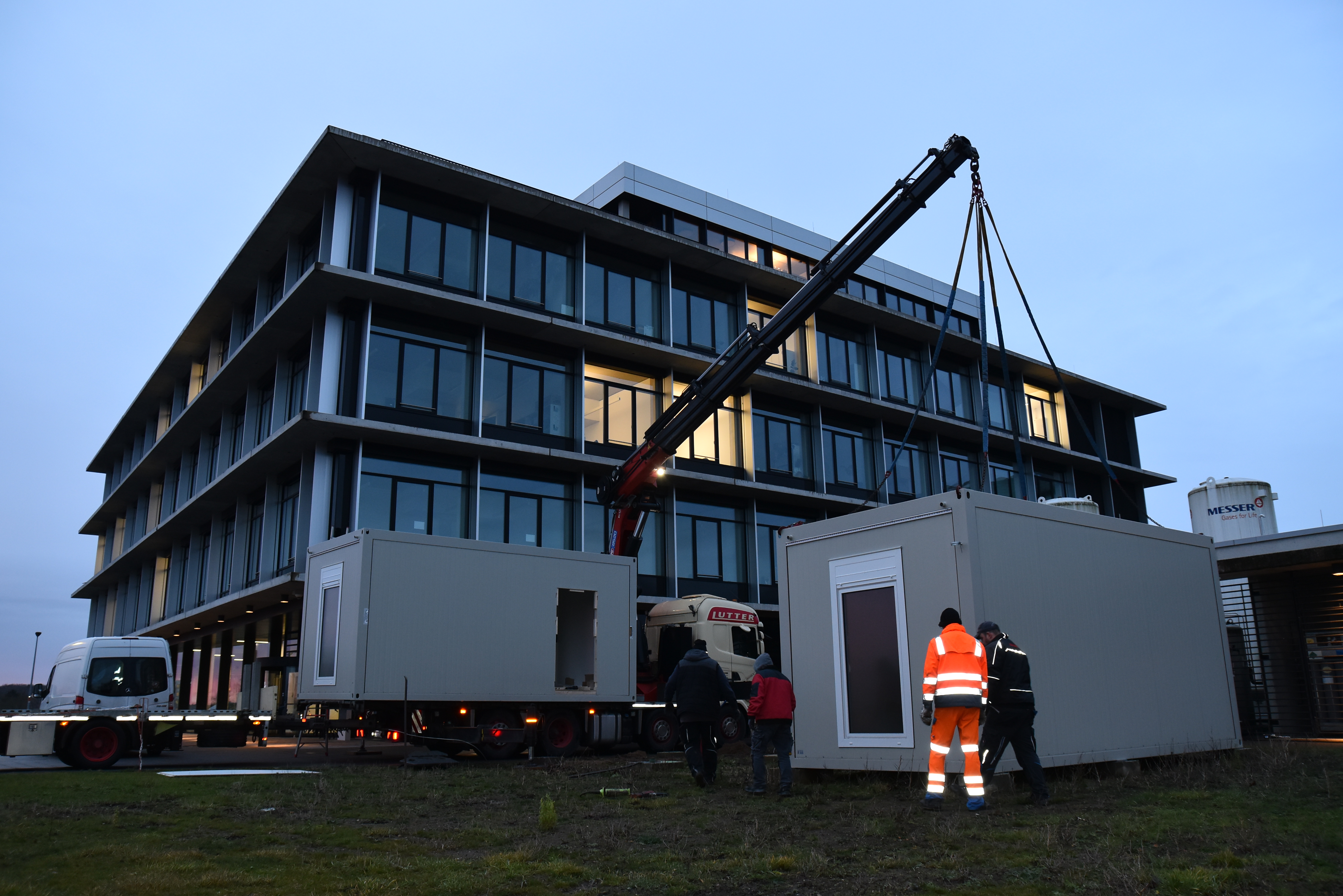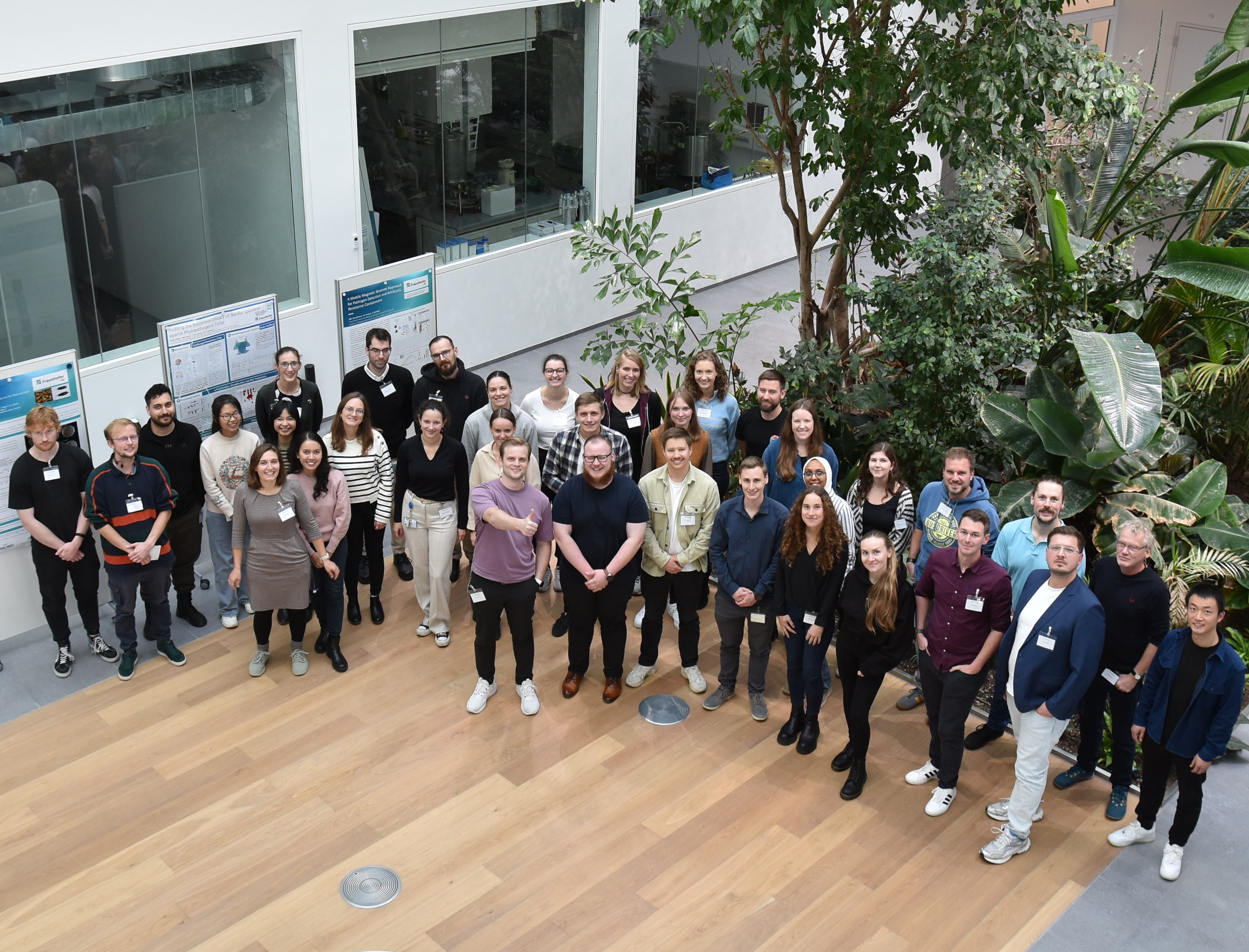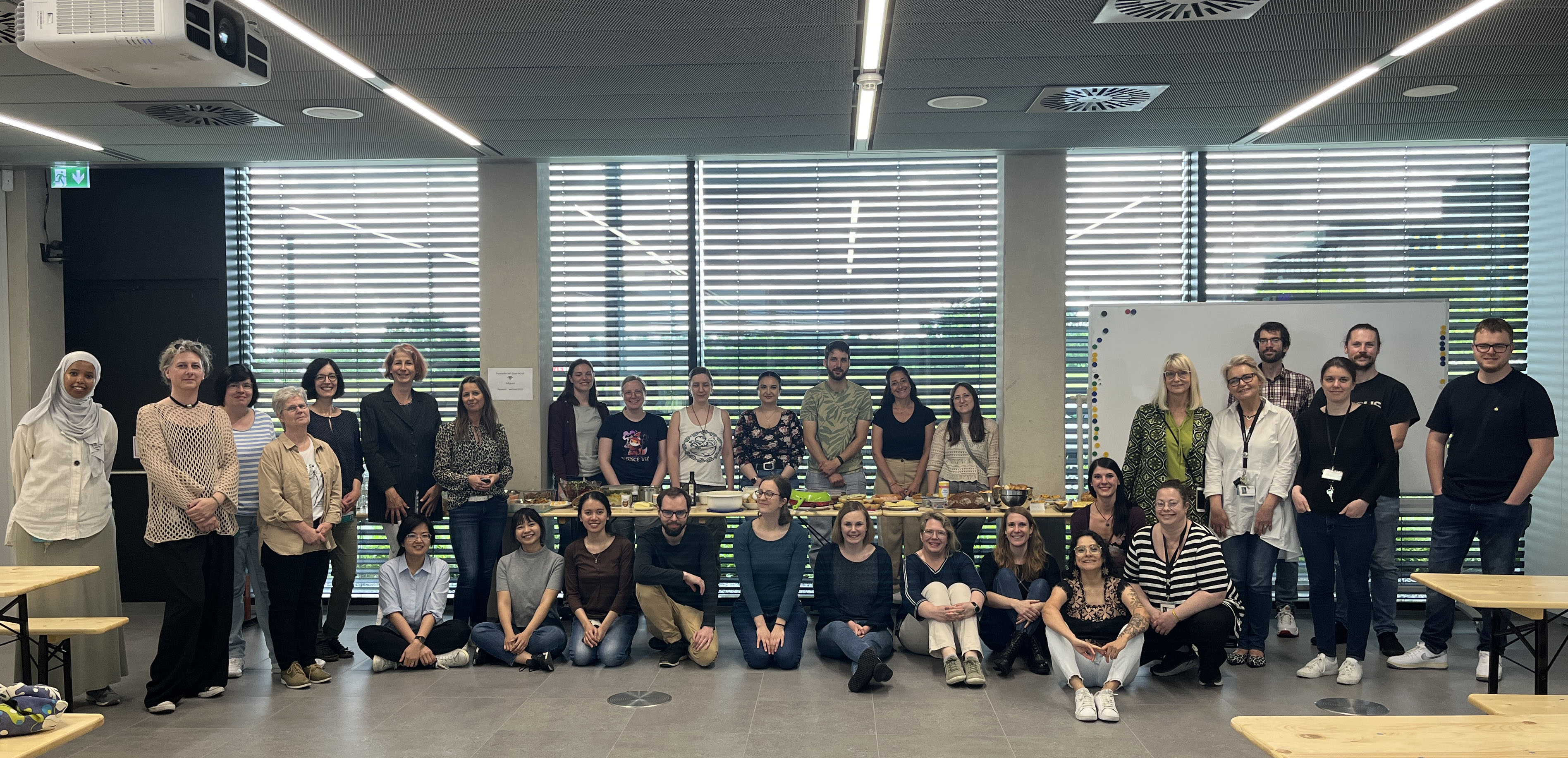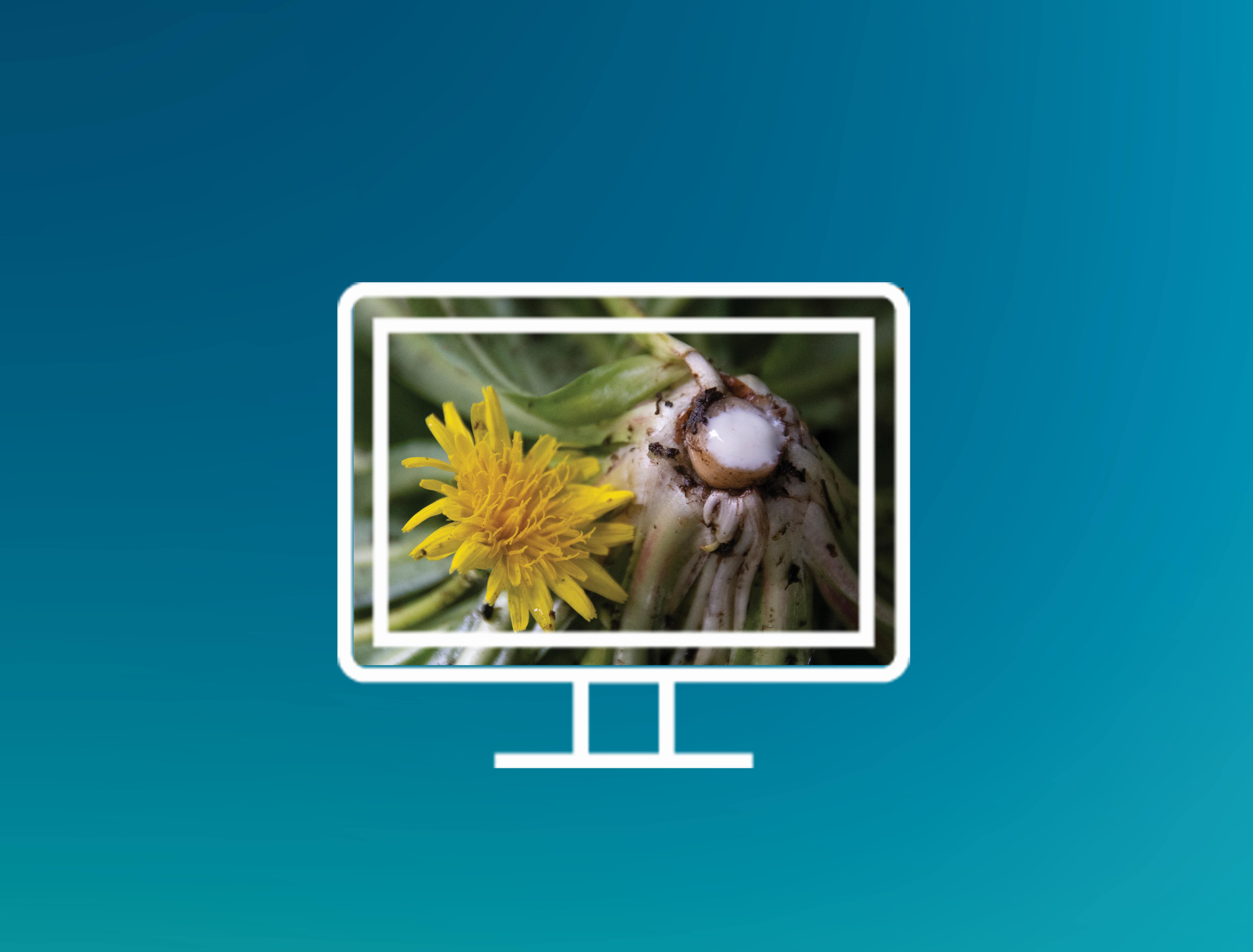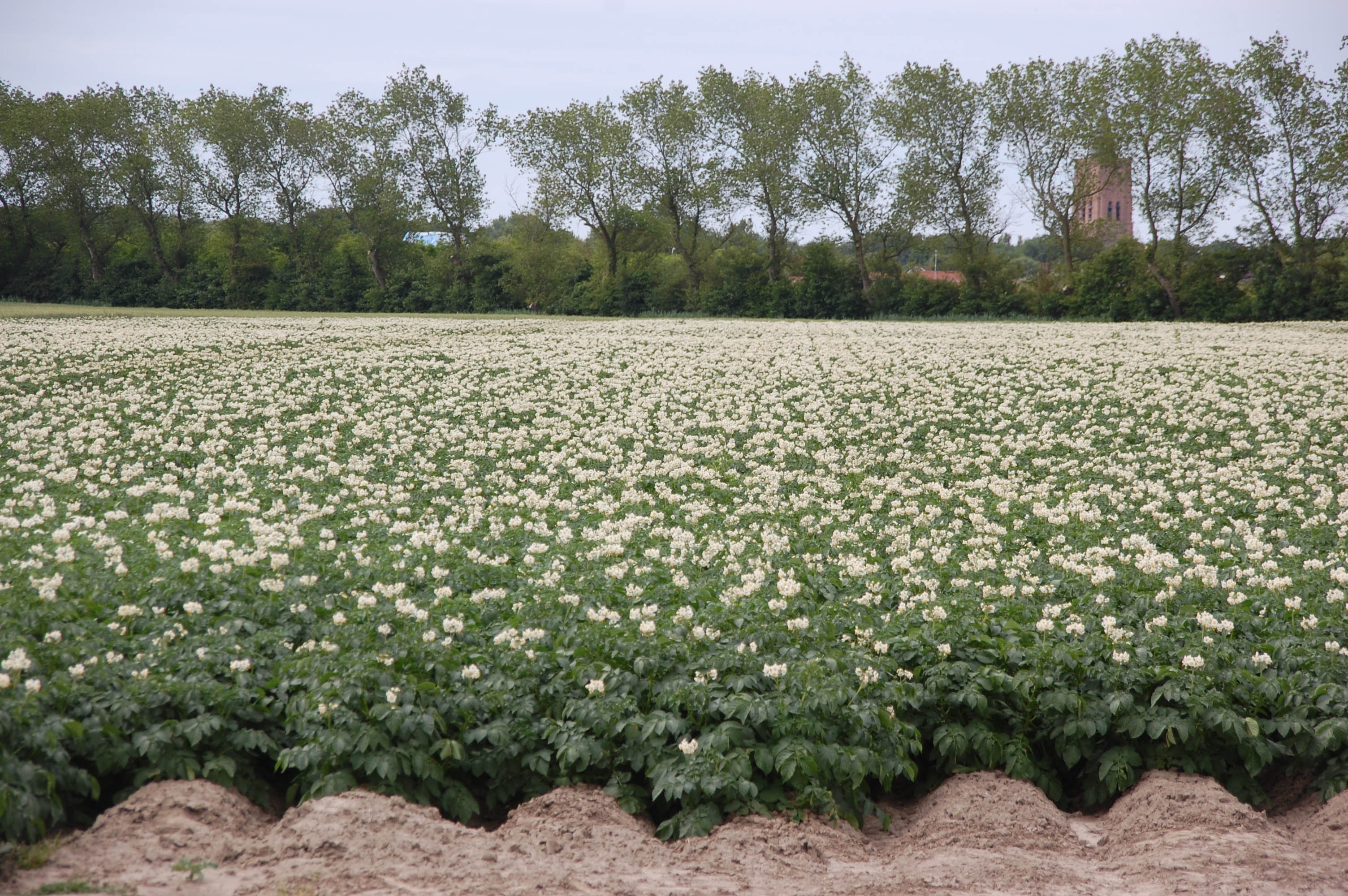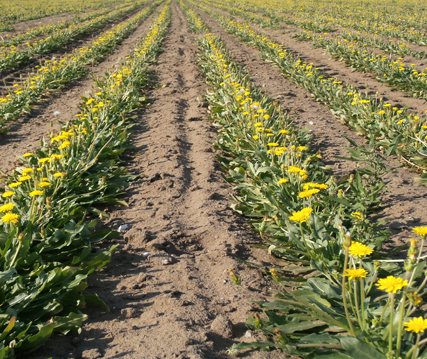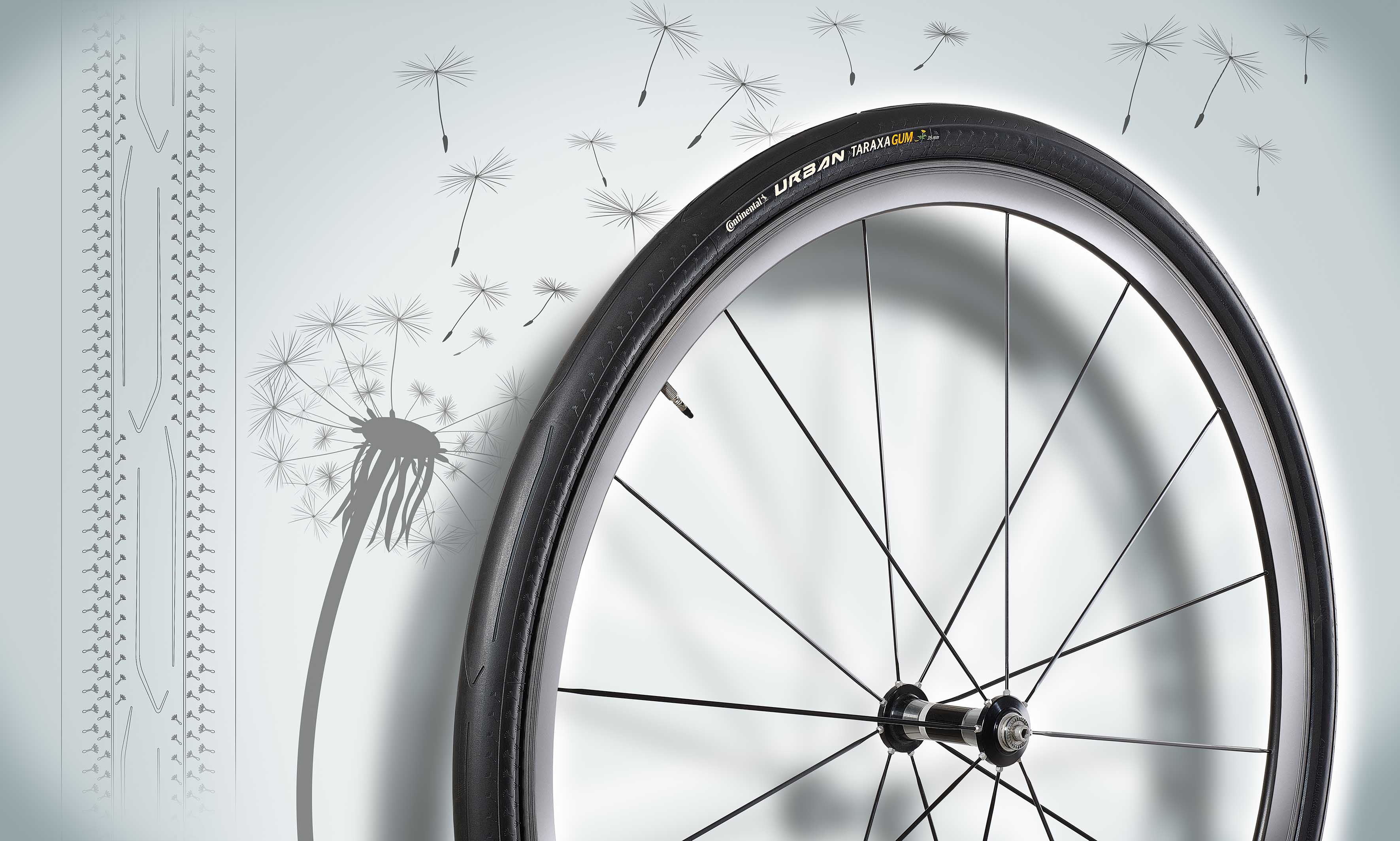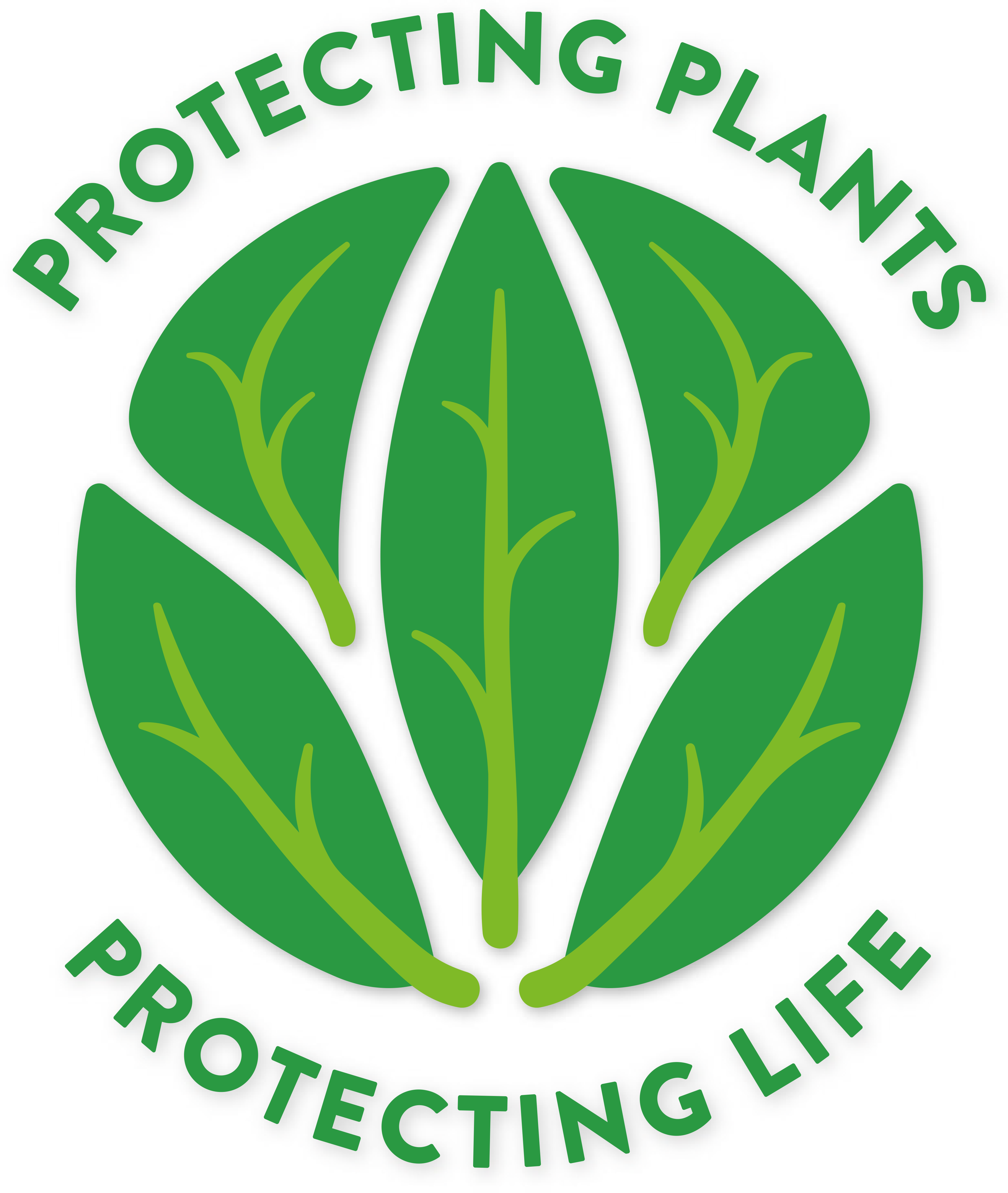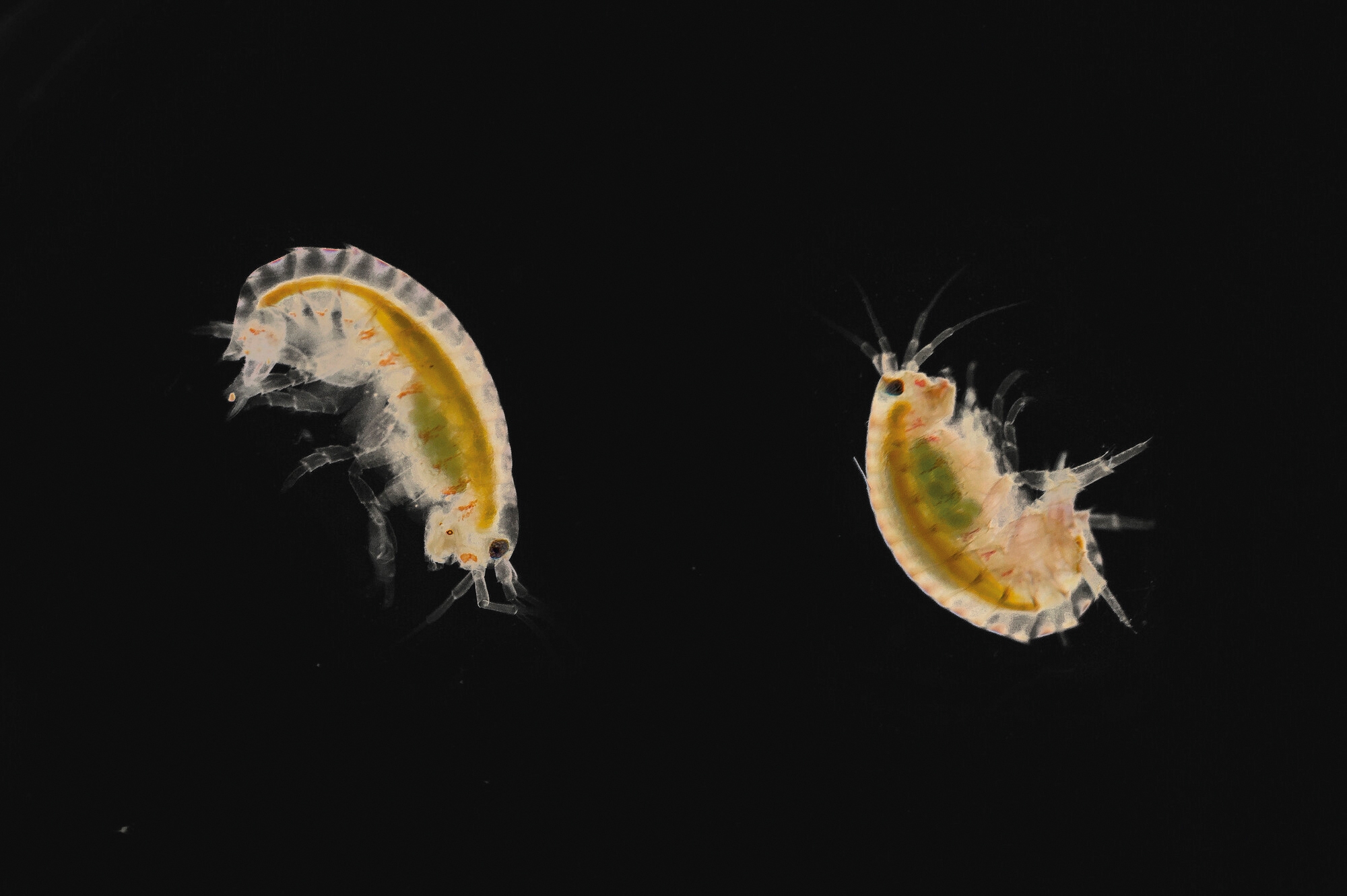Kick-off: joint project "MagnI-SENSE"
Molecular Biotechnology

In February 2025, the joint project "MagnI-SENSE", coordinated by Fraunhofer IME, was launched. In addition to climate change, regulatory requirements regarding chemical plant protection products (PPPs) also pose major challenges for agriculture. Plant diseases can lead to enormous harvest and yield losses, which is why PPPs are often unavoidable - but excessive use of such products leads to biodiversity loss. The amount of PPP used must therefore be optimally aligned with the actual need in the event of disease.
MagnI-SENSE is researching four technical innovations that together offer an analysis and monitoring system for farmers to detect yield-relevant plant diseases on site. More precise predictions of the occurrence of harmful organisms will enable appropriate recommendations to be made for the reduced and targeted use of pesticides. This should enable farmers to maximize crop yields and save considerable costs in addition to the positive ecological aspect.
 Fraunhofer Institute for Molecular Biology and Applied Ecology IME
Fraunhofer Institute for Molecular Biology and Applied Ecology IME
